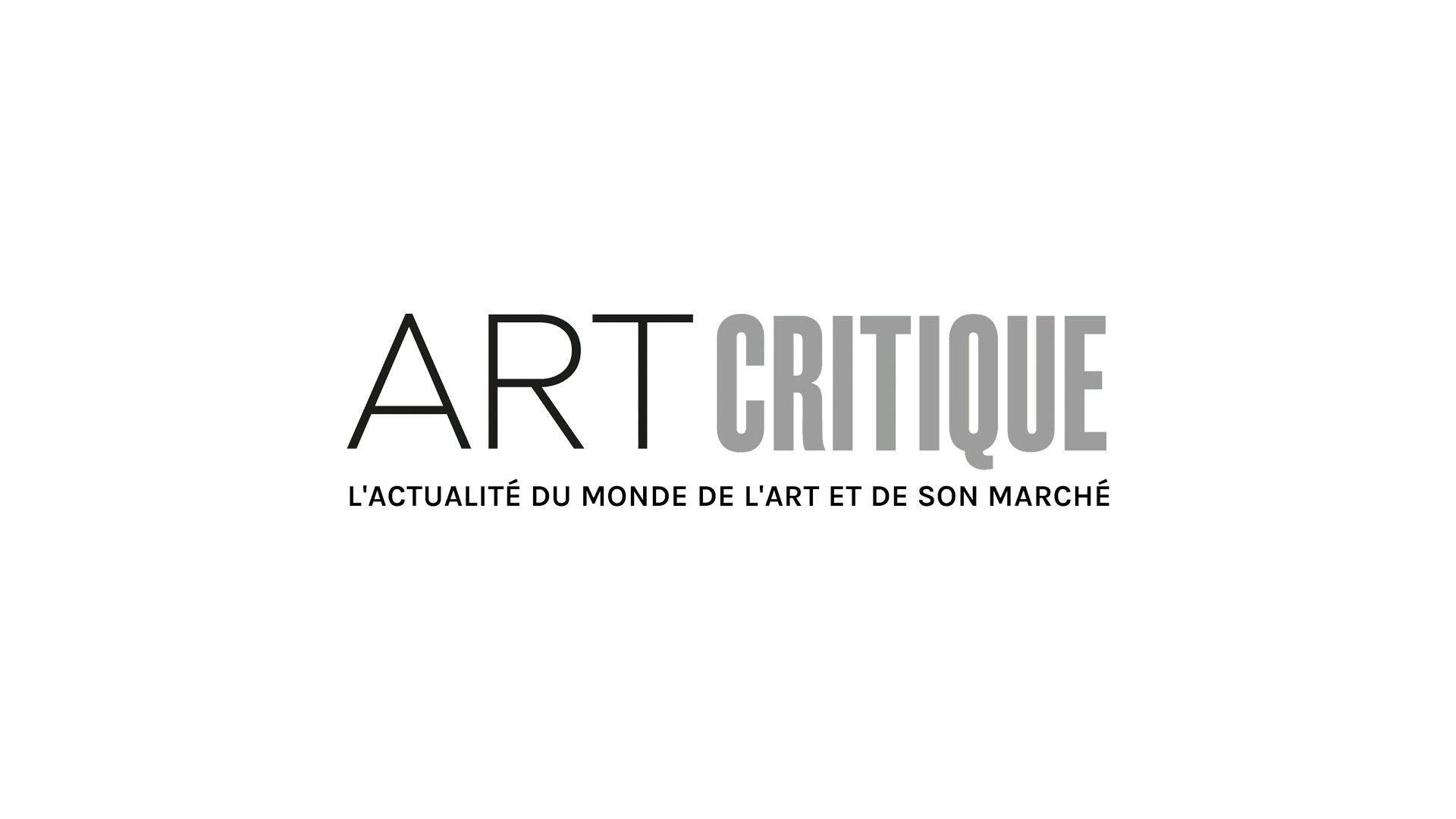‘Four Giants of British Modernism’ is an exhibition setting out to do exactly what it says: highlight four of Britain’s biggest names in modernism. The show, which will be at Beaux Arts London, will feature artists Terry Frost, William Scott, Peter Lanyon, and Patrick Heron. What ‘Four Giants’ essentially offers is a miniature retrospective of each of the artists’ careers while highlighting the ways in which their careers and works are intertwined by place in time, geography, and subject matter.
During World War II, Frost first experience painting while painting red, white, and blue designs on fighter planes. He’d grown up in Leamington Spa but after his discharge from the service, he moved to St. Ives in 1946 where he would share a small cottage with his four children. It was on early morning walks there that he first drew inspiration for the geometric works he would go on to produce.
As for Lanyon, he was born in St. Ives and until he became a part of the Royal Air Force in 1940 he studied under artist Ben Nicholson. With Nicholson, Lanyon worked in a variety of mediums, from painting to construction, bringing together elements of Abstract Expressionism, Constructivism, and Pop Art.
Heron was born in Leeds but also moved to Cornwall following the war where he wrote and created art. Having studied at the Slade School of Art he used the coast of St. Ives as inspiration in a number of his works. In creating works reflecting the countryside of the coastal town, Heron developed his signature palette, which was influenced by the light in the area.
Scott, too, enlisted in World War II and during his time in the service, learned lithography while making maps. That skill would come to benefit him as an artist. In 1953, he visited the US and met various major artists of the time, including Pollock and Rothko. Scott’s work blurs the line between what that which is still life and that which is abstracted and in 1984, Scott became part of the Royal Academician.
With only a handful of works by each of the late artists, the exhibition examines how each of the artists handled the time following World War II while in Britain. ‘Pioneers’ in Abstract art of Britain, the quartet became part of the St. Ives School, which developed in West Cornwall in the years following the war. There, they rubbed elbows with other major English artists like Barbara Hepworth and Roger Hilton. Artists who became part of the St. Ives School were drawn to the area for its landscape and atmosphere. It was also where the first Beaux Art gallery set up exhibiting a number of the artists within the school.
‘Four Giants’ will thus allow visitors, today, to better understand some of Britain’s major artists and their relationship to each other and their environment.
‘Four Giants of British Modernism’ will run from September 19th through October 19th at Beaux Arts London.








